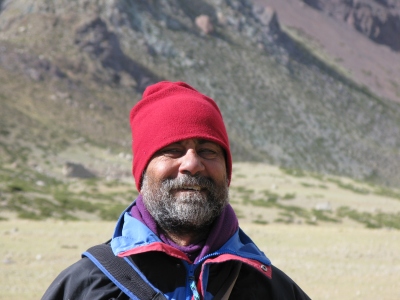A robin: inside her small dark eye, a quantum entanglement
Helen Sullivan What is it about the poem “Who killed Cock Robin?” It is so sad, and so coolly dark: a miniature drama played out in the shade of a single tree. The sparrow confesses right away, and nobody minds. The fly – “I, said the fly, with my little eye, I saw him die”… Read More A robin: inside her small dark eye, a quantum entanglement
